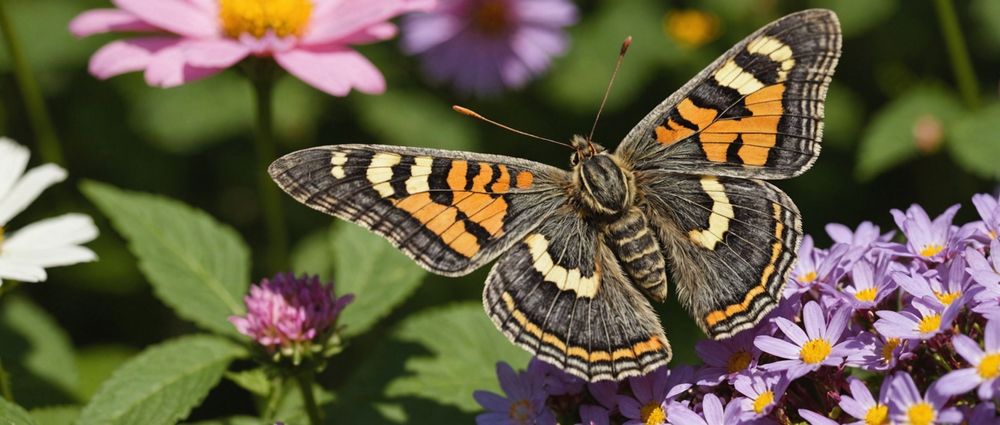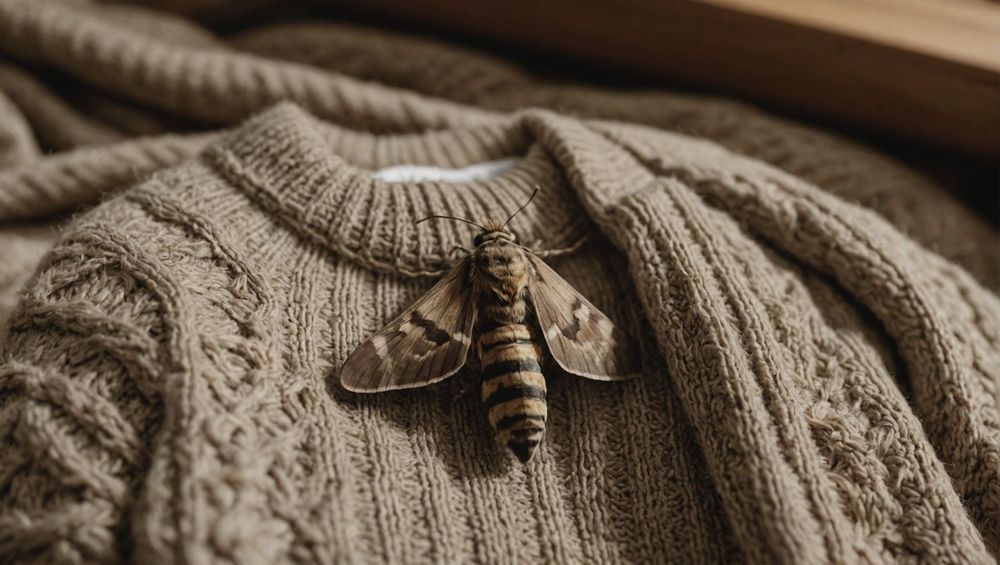What Materials Do Moths Eat?

Moths, often overshadowed by their colorful butterfly relatives, are diverse creatures with specific dietary needs. Primarily, moths feed on natural materials such as fabrics, grains, and plants, which can pose a significant challenge for human environments. In this article, we will explore the various materials that moths consume, how they process their food, and the implications for both ecosystems and homeowners.
Understanding Moth Diets

Moths have varied diets depending on their species and life stage. Some adult moths primarily feed on nectar, while others prefer organic materials like wool, silk, and even stored food products. The larvae, commonly known as caterpillars, typically feed on leaves and other plant materials. Their feeding habits not only play an essential role in their life cycle but also contribute to the ecological balance, as they help in the decomposition of organic matter.
Moths are typically divided into two groups based on their dietary habits:
- Herbivorous Moths: These moths primarily feed on plant materials, including leaves, flowers, and nectar.
- Detrivorous Moths: This category includes those that consume decomposing organic matter, such as wool and textiles.
Common Materials Consumed by Moths

The types of materials that moths consume can largely depend on their life stage. Here are the primary foods favored by moths in different stages of development:
- Adult Moths:
- Nectar from flowers
- Honeydew produced by aphids
- Fruits and sap
- Moth Larvae (Caterpillars):
- Leaves of various plants
- Wool and silk products
- Stored grains such as flour and rice
Different moth species have evolved to target specific food sources that provide necessary nutrients for their growth and reproduction. This dietary specialization ensures their survival in various environments, from urban dwellings to natural habitats.
Impact of Moths on Human Environments
While moths are vital for ecosystems, their feeding practices can lead to inconvenience for humans, especially in urban settings. Moths like the Indian meal moth and the clothes moth are notorious for ruining stored food and fabrics, respectively. The larvae of these moths consume organic materials found in pantries or wardrobes, leading to significant financial losses and damage to belongings.
Preventive measures include:
- Regularly cleaning closets and pantries to remove potential food sources.
- Using airtight containers for stored food products to keep moths away.
- Washing and storing clothes properly to deter moth larvae.
In addition to damage, moths also serve as indicators of environmental health. A sudden increase in moth populations may signal changes in biodiversity or ecosystem imbalances, making their presence both a nuisance and a useful biological marker.
Conclusion
In summary, moths are fascinating creatures that feed on a variety of materials, spanning from nectar and plant leaves to textiles and stored food products. Their diets reflect both their species-specific needs and their role in the environment. Understanding what materials moths eat can help mitigate their impact on human life and enhance our appreciation for these diverse insects. By taking simple precautions, individuals can protect their homes while enjoying the benefits that moths offer to our ecosystems.
FAQs
1. Do all moths eat the same materials?
No, moth diets vary significantly among species. While some adult moths feed on nectar, many larvae of various species prefer plant leaves or organic materials like wool.
2. How can I prevent moth infestations in my pantry?
Seal food items in airtight containers, regularly clean your pantry, and check for signs of moths to prevent infestations.
3. Are moths harmful to humans?
Most moths are harmless to humans; however, some species can damage food supplies and fabrics, causing economic loss.
4. What attracts moths to my home?
Moths are attracted to light, food sources, and dark places. Ensuring your home is clean and food is properly stored can help keep them away.
5. Do moths contribute to the ecosystem?
Yes, moths are essential pollinators and part of the food chain, serving as prey for various animals while aiding in the decomposition of organic materials.


